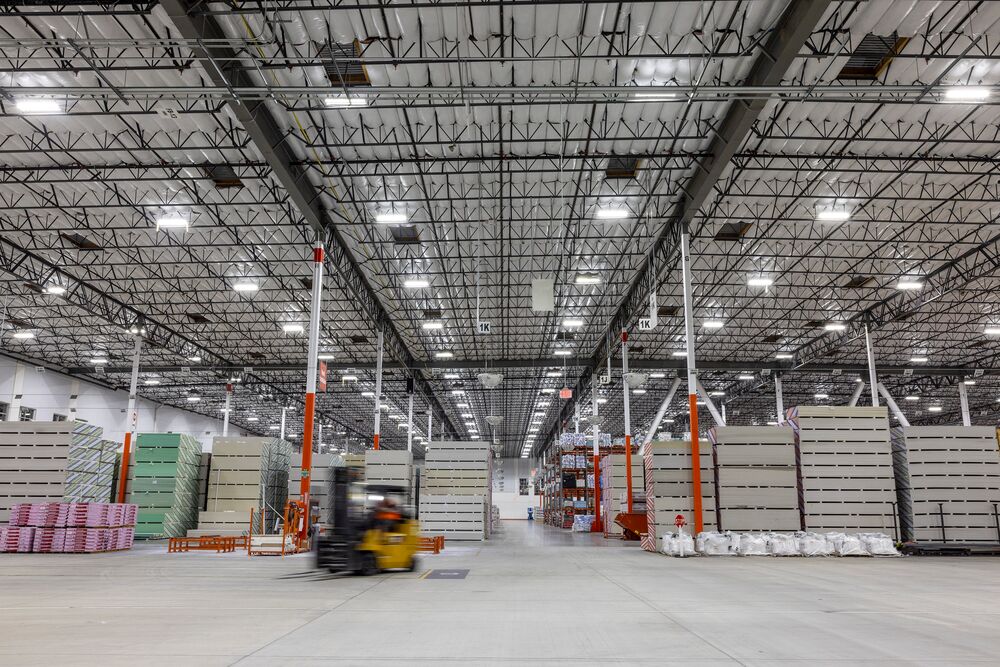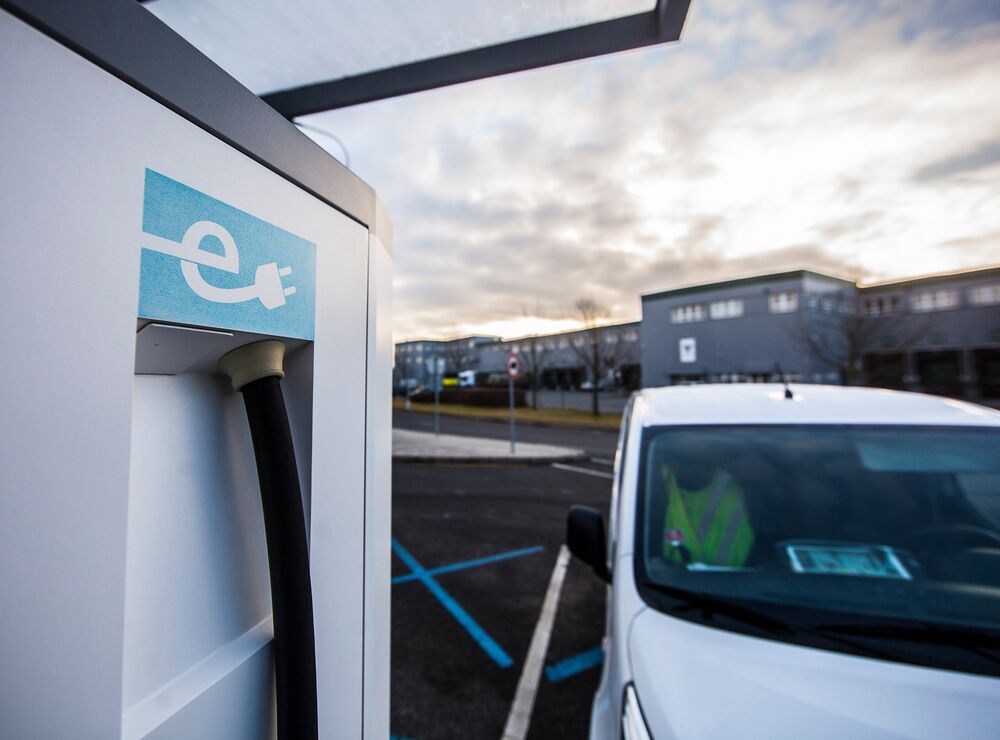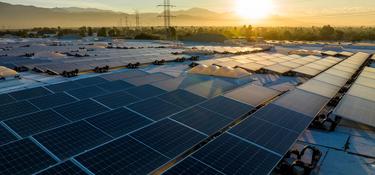
Businesses face growing pressure—from investors, stakeholders, advocacy groups, customers and business leaders—to adopt sustainable practices and meet the goals of the Paris Climate Agreement. In fact, nearly 96% of the companies in the S&P 500 now adhere to some form of environmental, social and governance reporting, representing an approximate 15 percent increase since 2015.1 This year, many anxiously await the Securities and Exchange Commission (SEC) rulings for new climate-related disclosures, available in October of 2023.
Today, the world is warming faster than at any point in history, and urgent action is needed. The journey to decarbonization is an imperative and strategic opportunity that requires decisive action and bold leadership. The trends and opportunities in today’s logistics landscape offer unprecedented innovation for achievable, game-changing progress.

Emission data: the foundational element
Emission data is the currency of sustainability. The first step toward an actionable plan involves careful measurement and understanding of emissions across the board—a deep dive into data across Scope 1, Scope 2 and, particularly, Scope 3 emissions. On average, Scope 3 emissions account for 75%2 of companies’ greenhouse gas production, so it’s essential for organizations to address the complexities of data measurement to pinpoint their impact and pave the way for informed strategies.
Next Steps: Start by auditing your emissions across different scopes. Establish baseline data to understand your carbon footprint. This information will help illuminate a roadmap toward reduction targets and shape a sustainability narrative for stakeholders. Work to develop transparency across your entire supply chain with the help of digital tools, which can improve the quality of your data and ensure the right solutions are deployed at the right time.
Efficiency upgrades: low-hanging fruit
Efficiency upgrades are the cornerstone of progress. Initiatives like LED conversions offer eco-conscious benefits, as well as immediate financial returns with LEDs using 90% less energy and lasting up to 25 times longer.3 Other warehouse enhancements, such as IoT sensors for temperature control and motion activated lights, are simple, yet powerful, changes that make a real impact on carbon and energy reduction. By optimizing existing resources, sustainable warehouse practices are easily attainable and quick to implement. Such efficiency upgrades pave the way for effective energy management and align financial gains with environmental responsibility.
Next Steps: Identify areas in your operations that can be streamlined for efficiency optimization. Prioritize simple upgrades, like LED conversions, which will reduce both energy consumption and operational costs. These small steps contribute to the bigger picture in significant, measurable ways.
Renewable energy: the new standard
Renewable energy is a game-changer. Logistics facilities can be transformed into self-sufficient power sources with onsite renewable energy sources, namely solar installations coupled with energy storage. This strategy decreases carbon emissions and enhances operational resilience with the added benefit of cost-saving opportunities. Some organizations, especially those that operate in geographically isolated or vulnerable areas, go a step further by building microgrids—distributed systems of solar, wind and storage—that form their own low-emissions power network.
Next Steps: Explore the feasibility of installing solar panels and integrating energy storage systems at your facility. A reputable partner can advise on the most cost-effective and efficient ways to integrate renewable energy and provide a range of options that accommodate your needs with minimal disruption. Once you have these solutions in place, you can harness the power of solar to reduce your carbon footprint, enhance resiliency and reduce energy costs.

Electrified fleets: the mobility future
Electrified fleets are revolutionizing the transportation of goods. The transition of delivery fleets and material handling equipment to electric vehicles (EVs) is a critical step toward sustainable logistics and demonstrates your commitment to proactive progress. In fact, 37% of carbon emissions are generated from the transportation sector.4 Beyond the incentives of compliance and regulation, EVs offer long-term financial savings with a total cost of ownership projected to soon be lower than traditional vehicles.
Next Steps: Evaluate your transportation needs and current infrastructure. Understand the complexities of EV transition and partner with experts who can help set a course for success, keeping in mind common challenges and the need to scale as you grow. Additionally, consider EV options that go beyond your vehicle fleet, such as forklifts and industrial trucks. With a plan in place, prioritize electrification initiatives to future-proof your operations in an environment of evolving regulations.
Collaborative partnerships: a collective endeavor
Collaborative partnerships amplify impact and drive results. By pooling resources, sharing best practices and leveraging collective expertise, organizations can drive sustainable practices collectively. Opportunities for decarbonization are more easily realized with experienced real estate partners and industry experts by your side.
Next Steps: Recognize that you can’t do everything alone—no organization can. Foster collaboration within your industry, network and engage with sustainability partners to enhance the efficiency of your facility. Strategic partnerships accelerate the path and create a culture of collective environmental responsibility that brings new solutions to scale and makes net zero a reality.
The supply chain is fast moving, and the path to sustainability is constantly evolving as new innovations and tools emerge. Amid climate complexities and expectations, opportunities to achieve progress are abundant. From emission tracking to efficiency upgrades, renewable energy integration, fleet electrification and collaborative partnerships, each aspect presents an important opportunity for decarbonization. By recognizing these opportunities, organizations can navigate a shifting landscape while optimizing operations, increasing resiliency and building more efficient supply chain models for today and the future.


